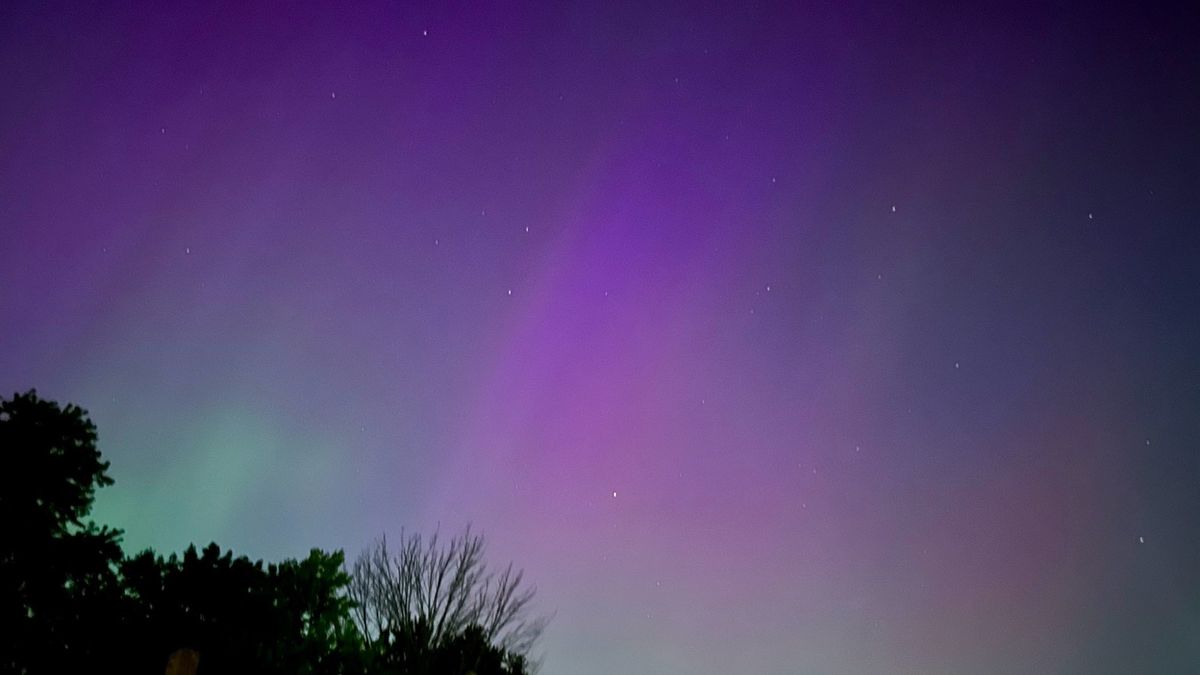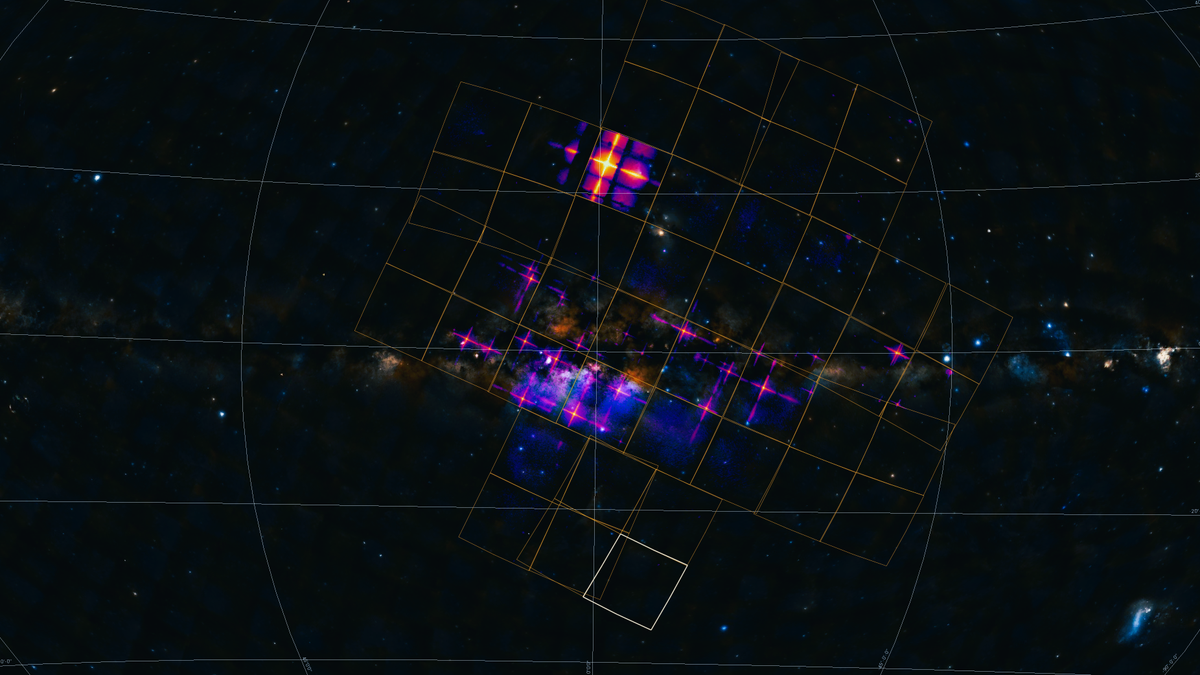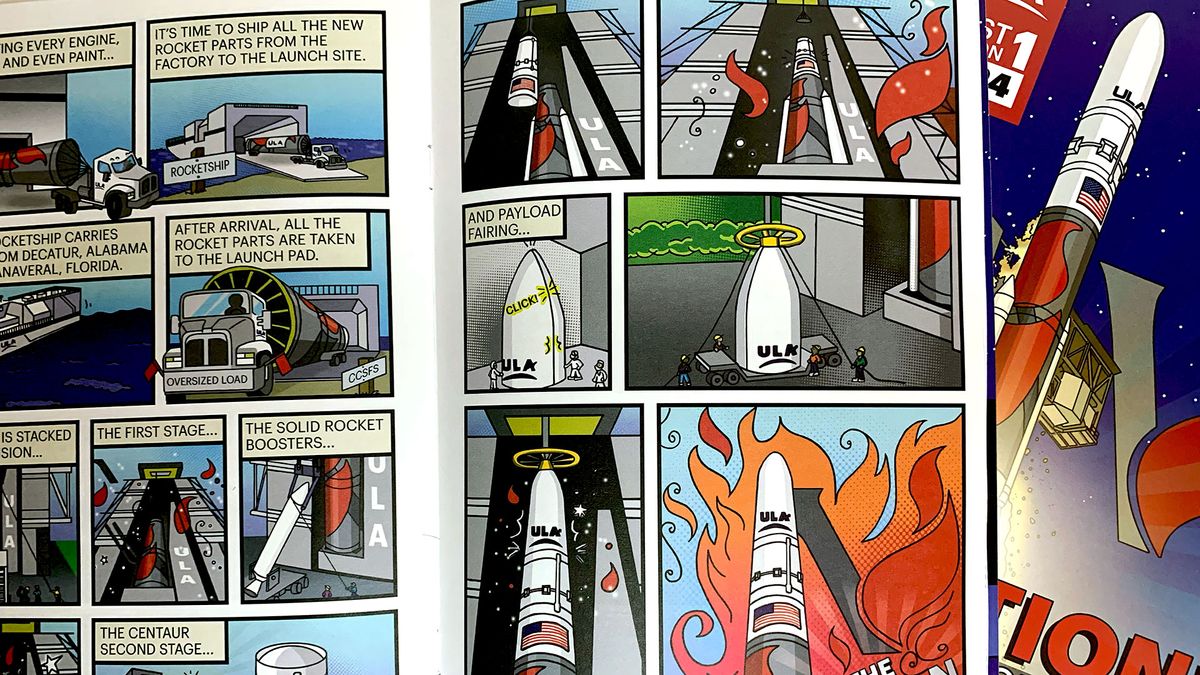Spectacular Space Shows in 2024
Throughout 2024, we have been treated to a series of incredible space shows, some of which were even visible from our own homes. The year kicked off with a total solar eclipse in early April, followed by a mesmerizing display of the aurora borealis last week. A massive sunspot triggered a sequence of solar storms, intensifying the northern lights and making them observable from various locations around the world.
An Unforgettable Experience
Personally, witnessing both the solar eclipse in Dallas and the aurora borealis in Cleveland has been a truly emotional and unforgettable experience for me. The moment I spent viewing the northern lights with my mother on Mother’s Day weekend was particularly special. The sheer serendipity of the event, combined with my mother’s childlike wonder and enthusiasm for science, made it a moment I will cherish forever. Capturing the beauty of the aurora with my mom and sharing it with loved ones across the country added an extra layer of magic to the experience.
As I stood under the cosmic light show, I couldn’t help but be awestruck by the sheer beauty of the aurora borealis. This natural phenomenon had long been on my bucket list, and to witness it in my hometown with my mother by my side was nothing short of perfect. The sight of the Big Dipper shining brightly amidst the dancing lights only added to the enchantment of the evening.
The Science Behind the Spectacle
According to experts like Bill Murtagh from the Space Weather Prediction Center (SWPC), the widespread visibility of the aurora borealis on Friday was the result of a rare alignment between a powerful coronal mass ejection (CME) from the sun and Earth’s magnetic field. Multiple CMEs interacting with each other amplified the geomagnetic storm to reach the highest level on the SWPC scale, making it visible as far south as the Florida Keys and Mexico.
Such geomagnetic storms are a result of complex and large sunspot clusters on the solar surface, which, in this case, grew to be fifteen times the size of Earth. The eruption of multiple CMEs from these clusters is a relatively rare occurrence, happening only a few times during the 11-year solar cycle. The intricate dance between these solar phenomena and Earth’s magnetic field creates the mesmerizing display of the aurora borealis that we all witnessed.
The Impact of Space Weather
While the aurora borealis provided a stunning visual spectacle, it also serves as a reminder of the potential risks associated with space weather. Geomagnetic storms can have detrimental effects on technology, including power grids, GPS systems, and satellites. Reports of disruptions to power grids, communications, and navigation systems have already emerged, highlighting the need for vigilance and preparedness in the face of such events.
Space weather forecasting plays a crucial role in mitigating the impact of geomagnetic storms, allowing for timely interventions to protect critical infrastructure. The unpredictability of these events, exemplified by historical incidents like the Carrington Event of 1859 and the New York Railroad Superstorm of 1921, underscores the importance of continuous monitoring and forecasting of space weather.
As we look ahead to the rest of 2024, with more solar flares and CMEs expected, it is essential to stay informed and prepared for any potential disruptions that may arise. By monitoring space weather forecasts and taking proactive measures, we can minimize the impact of geomagnetic storms and continue to enjoy the wonders of the cosmos without fear of infrastructure damage.
Image/Photo credit: source url





